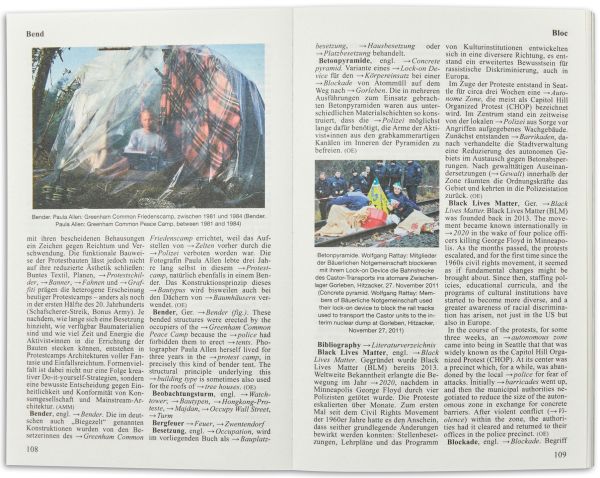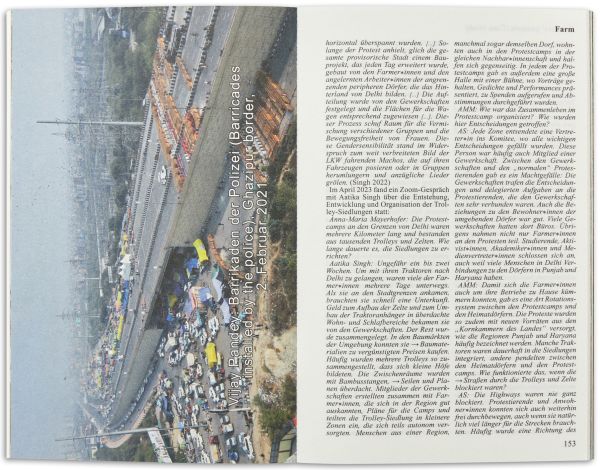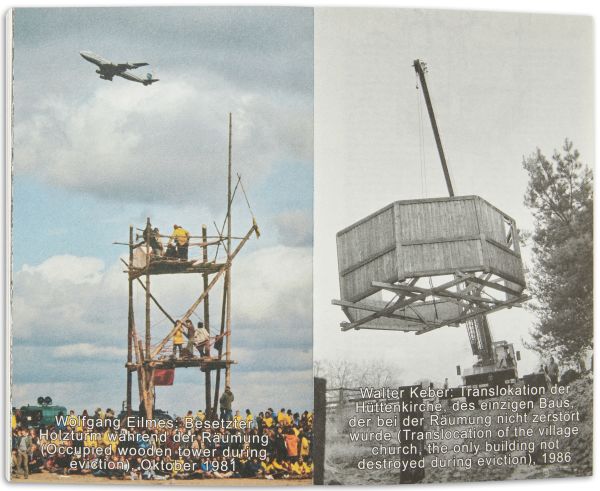Protest Architecture
Barricades, Camps, Spatial Tactics 1830–2023
GVA Gemeinsame Verlagsauslieferung Göttingen
GmbH & Co. KG
P.O. Box 2021
37010 Göttingen
Germany
+49 551 384 200 0
info@gva-verlage.de
Protest movements shape public space not only through their messages, but in many cases also through their—mostly temporary—buildings. Frankfurt’s Deutsches Architekturmuseum DAM and Vienna’s MAK—Museum of Applied Arts are exploring this thesis in a joint exhibition project. The exhibition and the book coinciding with it explore the topic based on examples spanning from 1830 to 2022.
Protest Architecture is the first-ever international survey of the architecture of protest and presents it in all its manifold forms and, in some cases, ambivalence. It is conceived as an encyclopedia with 176 entries, supplemented by 13 more expansive case studies. A preceding chronology portrays 68 protest movements and their architectural manifestations through concise texts and one image each, including examples from all over the world, such as the 1830 July Revolution in Paris, the 1848 March Revolution in Berlin, the 1911 Sugar Workers Strike in Queensland (Australia), the 1936–37 General Motors Sit-down Strike in Flint, MI (USA), the 1969–98 Troubles in Northern Ireland, Freetown Christiania in Copenhagen since 1971, the 1986 People Power Revolution in Manila, the 1999 WTO Protests in Seattle, WA (USA), the 2011 Arab Spring revolutions on Cairo’s Tahrir Square and Manama’s Pearl Roundabout, the 2013–14 Euromaidan uprisings in Kyiv, the 2015–16 #FeesMustFall student protests in Pretoria, the 2019 Acampamento Terra Livre in Brasilia, the 2020–21 Indian Farmers Protests, and the 2022 Freedom Convoy in Ottawa.






